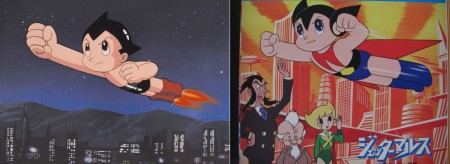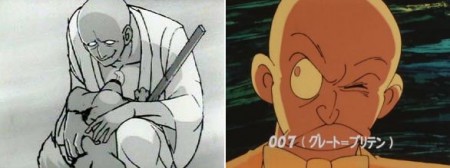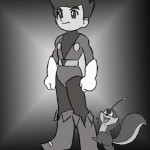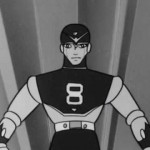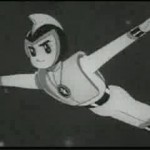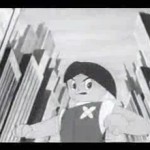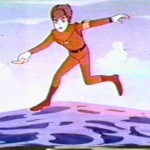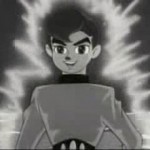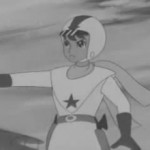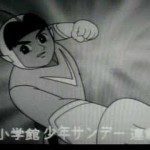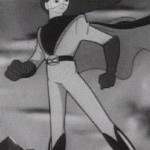Ask John: How Much Character Copying Occurs in Early Anime?
Question:
I was watching a classic anime called Rainbow Sentai Robin. I noticed one of the character looks like cyborg 008. Was there a lot of character coping in the early days of anime tv?
Answer:
Anime character design is both an art and a business. Memorable looking characters can easily become iconic, creating lasting audience appreciation and marketing potential. In the contemporary anime period characterized largely by anime created foremost as commercial ventures, both unique character designs and very familiar character designs are particularly valuable. There have been countless soft-spoken, introspective female anime characters since Rei Ayanami, yet Yuki Nagato stands out in part because of her especially well crafted character design. Big-breasted anime women are common, yet Gurren Lagann’s Yoko Ritona is especially memorable because of her exceptional character design. Practically all of the female characters in Fate/stay night, including even the minor and supporting characters, have a devoted fan following, no doubt partially due to their memorable appearance. A similarity in character appearance also characterizes certain genres. The similarity is both product of necessity and doubtlessly an attempt to appeal to a consistent audience. How many viewers can easily distinguish the difference between the casts of Shuffle, Akaneiro ni Somaru Saka, Tsuki ha Higashi ni Hi ha Nishi ni, Lamune, Futakoi, Happiness, Nagasarete Airantou, Da Capo, Green Green, Maburaho, Sister Princess, Wind ~ A Breath of Heart, Yotsunoha, Fortune Arterial, Yoake Mae Yori Ruriiro Na, and Akikan? As much as I love anime and respect its uniqueness, even I have to admit that all of these girls from these harem shows all look interchangable and indestinguishable.
However, the concern with tailoring character design to maximize audience interest and marketability isn’t a new or recent consideration. In the early days of anime there may have been fewer obviously cloned character designs, but that circumstance may be partly because there were simply fewer anime characters because fewer anime series were produced. The likely most recognized and most obvious early instance of copied character design comes in 1965’s Space Ace. While Ace’s personality is entirely unlike Atom’s his appearance is remarkably similar to that of Astro Boy, who premiered less than two years earlier. Tetsuwan Atom creator Osamu Tezuka also recycled his own Atom character design as Jetter Mars. A similar situation occured between Shotaro Ishinomori’s 1966 anime Cyborg 009 and his 1968 samurai anime Sabu to Ichi Torimono Hikae, in which the blind samurai Ichi bears a striking resemblance to Cyborg 007.
In a broader sense, the earliest days of modern anime were characterized by an especially large number of remarkably similar costumed super heroes including Rainbow Sentai Robin, Mirai Kara Kita Shonen Super Jetter, Uchu Patrol Hopper, Uchu Shonen Soran, Yusei Shonen Papi, Yusei Kamen, Kaitei Shonen Marine, and Tatakae! Osper, not to mention the forementioned Uchu Ace and Jetter Mars. Anime has always been a commercial endevour, so titles and genres that have proven popular have been copied and emulated. Successful creators with distinctive artistic styles also tend to create successive character designs that bear trademark similarities. I don’t think that contemporary anime really consciously tries to copy character designs much more than it ever has, but the tendency has always been present in anime development.
Add a Comment
You must be logged in to post a comment.

